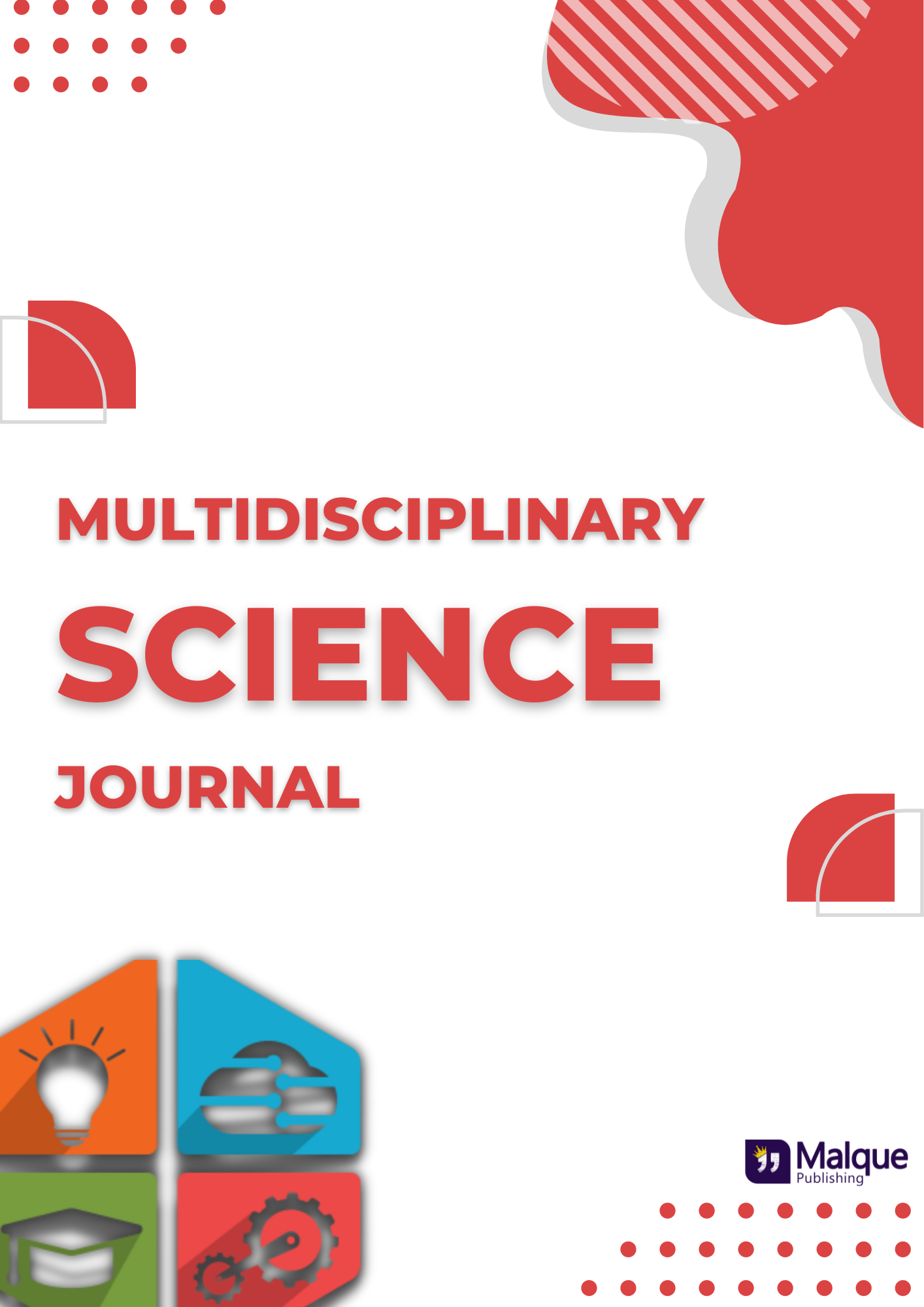The use of Lean Six Sigma to improve the quality of coconut shell briquette products
Abstract
Lean Six Sigma is a systematic and scientific operations management methodology aimed to improve the performance of their manufacturing processes through the elimination of waste. The objective of this paper is to analyses the problem of increasing demand of briquettes in BriqCo (Briquettes Coconut shell Charcoal) company. in this case, the company has a waste problem due to defective products amounting to 10.2% of the total production of 169.298 kg. The high defects cause the company to suffer losses profits due to the re-production process of defects and a decrease in selling because the unsuitable quality. This study uses the Lean Six Sigma – Define, Measure, Analyze, Improve, Control (DMAIC) method. The define stages use the SIPOC diagram to determine the elements involved in the production process and Value Stream Mapping. Measure stages to determine the level of sigma based on production results. The analyze uses a fishbone diagram to determine the root cause problems. In improve, the application of the 5S Method and Standard Operating Procedures (SOP) proposed for a work improvement process that aims to improve the production process. In Control stage, the application of new SOP conducted to improve the production process in order to reduce defects. Based on the results, the initial sigma level reached 3.19. The causes of defects in briquette products consist of human, material, machine, method and environmental factors. With the application of 5S through SOP, it is expected that the level of disability will decrease by 50%.










